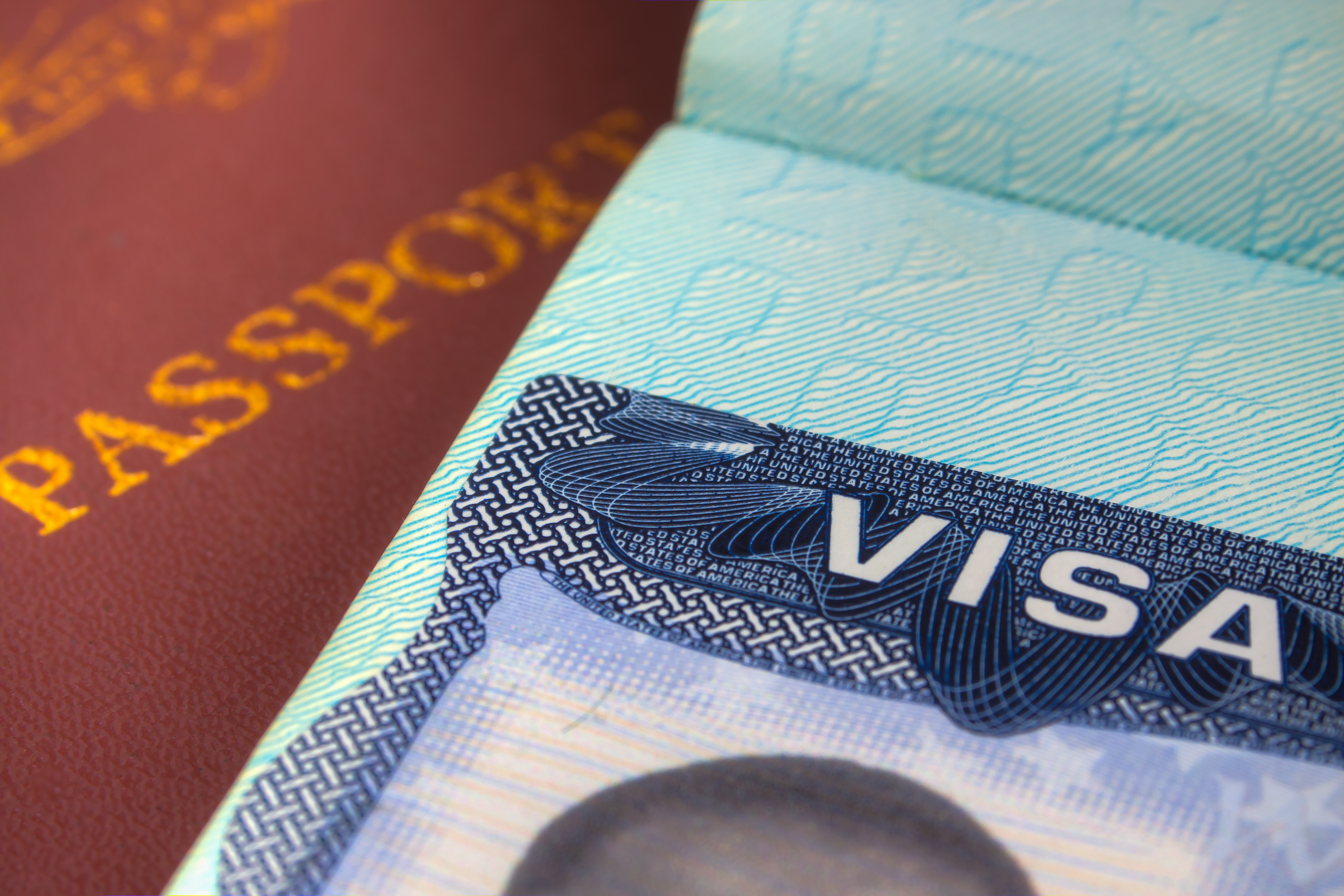By Kate Fintel

To be able to live the American dream: that is the opportunity of a lifetime for many around the world. But as the COVID-19 global pandemic intensified, that opportunity became even more of a fantasy than an attainable goal. The number of refugees, asylees, and temporary workers allowed into the country was slashed for a plethora of reasons, including but not limited to the closure of borders and, even upon borders’ re-opening, the closure of U.S. Citizenship and Immigration Services (USCIS) field offices and Department of State (DOS) consulates. Not only that, the renewal rate for non-permanent immigrant and nonimmigrant (temporary) visas issued to individuals already in this country also declined significantly.
Side effects of dwindling visa approvals are troublesome and significant. First, as regular migration pathways to the United States closed during the pandemic, irregular migration pathways have opened; this, in turn, increases risk for migrant smuggling and labor trafficking. Labor traffickers have been placed in a unique position of power to prey on those willing to do anything – given financial or physical insecurity – to get to the United States.
But labor traffickers have not just preyed on those overseas. Another side effect: as fewer people have been able to obtain visa renewals, more have joined the undocumented category. Undocumented immigrants – who often are already desperate to keep or accept any jobs and are reticent to self-advocate out of fear of immediate deportation – are especially vulnerable to labor trafficking and exploitation during the pandemic.
There is a third side effect: those with current visas have done all they can to hold onto them. This is especially true for those holding temporary work visas. The largest of the temporary work visa programs are (1) H-2A, which brings foreign workers into the United States to work in agriculture, and (2) H-2B, which brings in foreign workers temporarily for other manual labor jobs, such as food processing, cleaning, construction, and landscaping. Though these visas are traditionally tied to the specific employer whose name is on their particular paperwork, this rule has been suspended during the pandemic. Instead, workers holding these visas have been able to stay in the United States so long as they take on new, short-term positions with new employers in the same field. While this sounds like a positive change, the effect has actually been the empowerment of unscrupulous employers and traffickers who take advantage of temporary workers’ desperation to find any work in order to secure their survival and remain lawfully in the United States.
But the pandemic’s effect on migration and labor trafficking does not end in the here and now. Experts predict that when the pandemic ends, there will be a “huge increase in migration and exploitation at an international level of people going from poor countries to rich countries, as the poor need money and the rich need a cheap work force to restart their businesses.” As the pandemic exacerbates financial stressors and desperation, more people in its aftermath will be forced to move for employment purposes, and migrant workers are likely to experience increased vulnerability to forced labor.
By Kate Fintel
